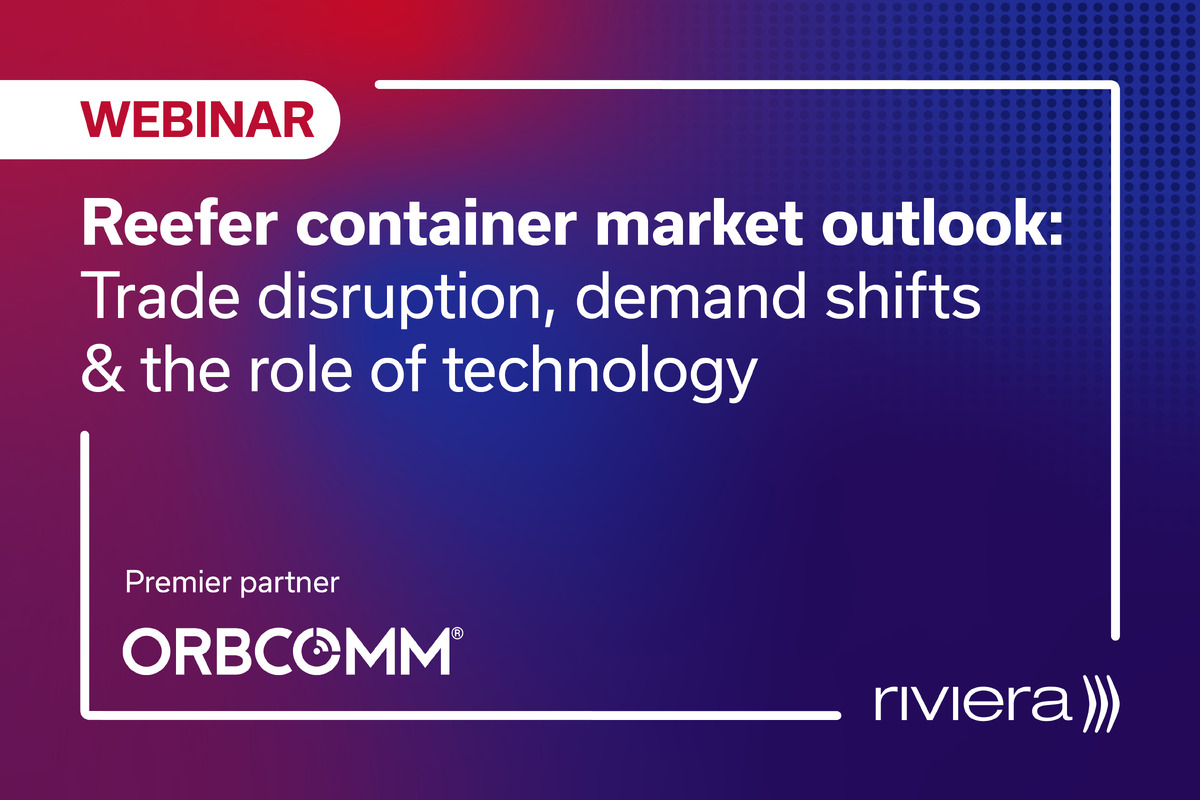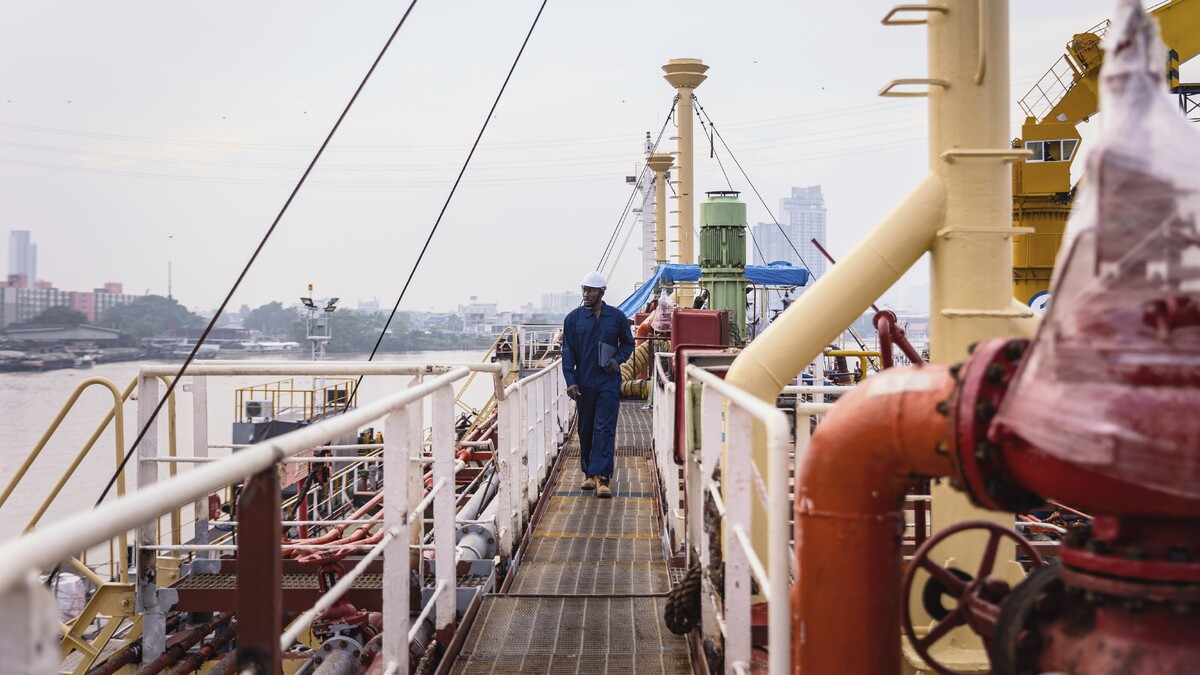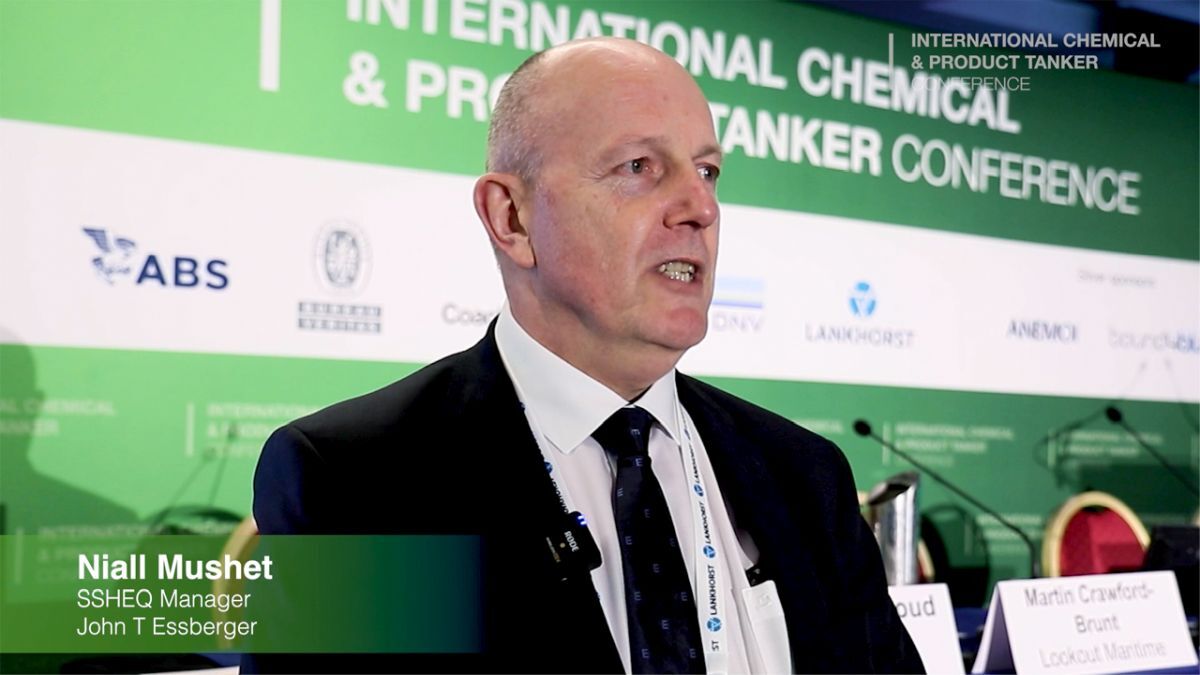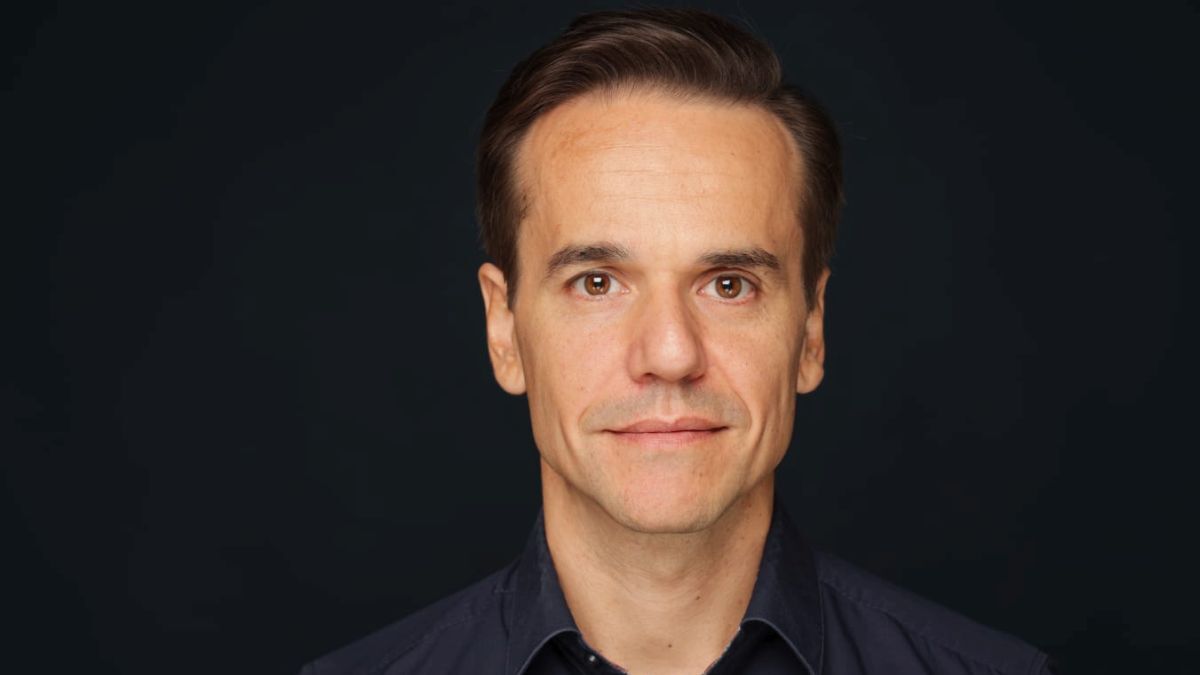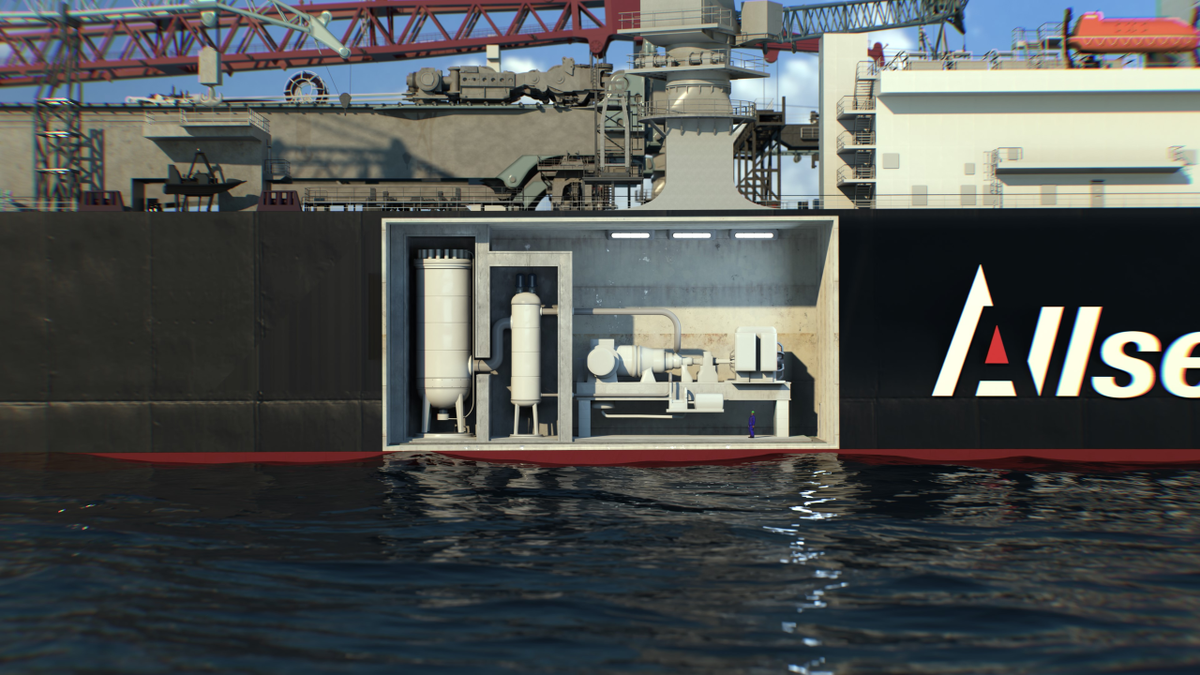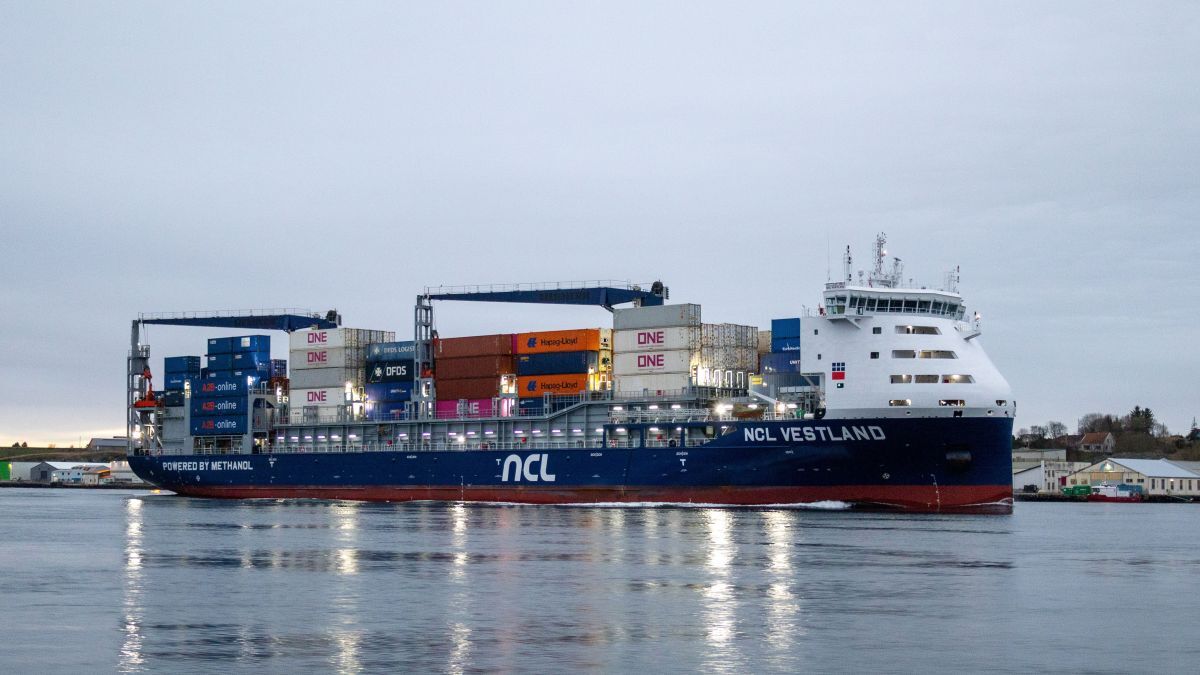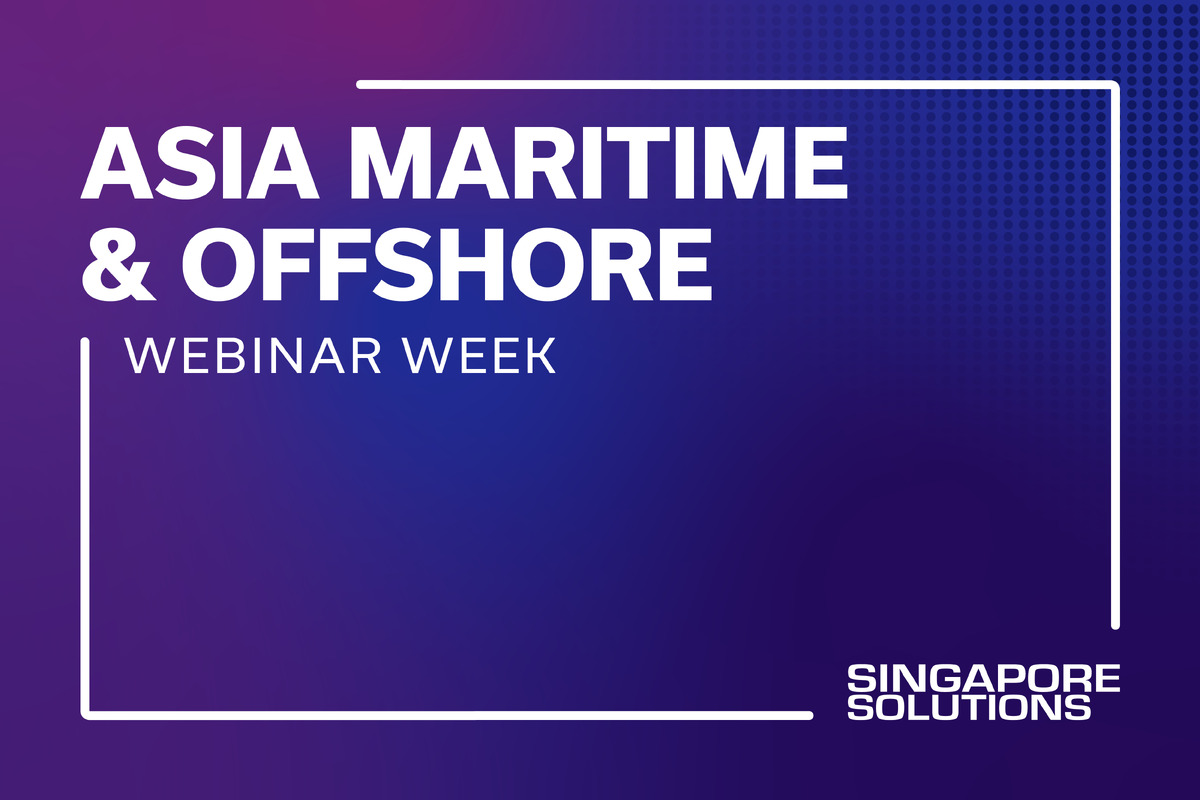Business Sectors
Contents
Turbochargers hold the key to emissions reduction
Around 50 per cent of all engines produced at MTU use MTU turbochargers. The current range spans five series: the ZRT 12, ZRT 13, ZRT 35, ZRT 36 and ZRT 57. Around 60 per cent of all turbochargers manufactured by MTU are for marine applications, and the range extends across engine power ratings from 400kW to 9,100kW.
Development over the last two years has included the modernisation of the two-stage turbocharging system for MTU’s Series 1163 marine engines. This involved further development of the ZR170 and ZR210 turbochargers with the aim of achieving significant increases in efficiency. One of the biggest challenges was how to achieve the increase using only the space available, while also ensuring compliance with containment specifications despite the increase in the size of the rotor assemblies.
During development of the two-stage turbocharging system for its Series 4000 rail engines, MTU was able to use two-stage turbocharging consisting of one high-pressure turbocharger and two low-pressure turbochargers. They are designed so that the high-pressure and low-pressure turbochargers are identically configured, both thermodynamically and geometrically. This made it possible to develop a modular system that limited the range of different variants, resulting in greater efficiency in manufacturing and assembly, as well as in maintenance.
Using as many common parts as possible across its range of turbochargers allows MTU to simplify the supply of spares and control production costs far more effectively. But, where practical it uses off-the-shelf units that have been developed for land-based applications, which also has a positive effect on cost.
While the development and production of ever more efficient turbochargers and systems are at the forefront of MTU’s strategy, its centre in Magdeburg, MTU Reman Technologies, also has the expertise and the capacity to recondition engines and assemblies such as turbochargers and return them to the owner in as-new condition. The service, available worldwide, is integrated in the concept so that smaller repairs and re-work operations can be carried out on site.
Because of the changing and often more demanding workload of modern vessels, the propulsion and turbocharging units are subject to an increasing number of load cycles, which can have an effect on the service life of the latter. MTU has considered these changes in the development of its turbochargers, and has further optimised the time between overhauls and brought this in line with the service intervals of the engines. This will simplify maintenance routines and operational downtime.
Turbochargers are subjected to high thermal loads in operation, so seals and bearings, which are usually produced in house, are thermally isolated and, if necessary, water-cooled. To limit the surface temperature, MTU uses a water-cooled impeller blade on highly turbocharged engines, which simultaneously relieves some of the load on the intercooler. In marine applications, the turbine is cradled in a water-cooled connecting block. The turbochargers thus also satisfy the Solas directive for marine applications, which stipulates that, for safety reasons, the surface temperature may not exceed 220°C.
By the time a new turbocharger reaches production, it has been subject to an array of test and analysis processes that include thermodynamics, mechanical durability, and containment strength. The use of 3D computation techniques for simulating the airflow and the mechanical structural loads ensures that the turbochargers have the required characteristics when they finally go into service and, just as importantly, retain them throughout their entire operational service.
Within any engine design series, the turbocharging is matched to the specific requirements of a particular application. This means that a power generation engine, which always runs at constant speed, needs a different turbocharger set-up than a marine engine that is operated at variable speed.
A turbocharger can be optimally set up for either a wide speed range or a high boost pressure. For engines that are to be operated in dynamic applications, MTU has designed its turbochargers to deliver sufficient boost pressure while covering as broad a range of engine speeds as possible.
Marine propulsion applications demand a more dynamic power response, so MTU exploits the sequential turbocharging principle. This involves multiple turbochargers being sequentially linked. One turbocharger produces the boost pressure for low engine speeds, and when the engine is revving faster or when more power needs to be developed, additional turbochargers are engaged so that sufficient air is delivered to the cylinders. This is particularly important in applications such as patrol boats or super-yachts that require sudden bursts of power, which in turn requires a large volume of intake air, on demand.
To provide highly responsive engine dynamics, the Series 890 engines, originally designed for high performance in military vehicles, have variable turbine geometry. With this technology, the exhaust passes over adjustable wings to the turbine blades so that the turbine spools up quickly at low engine speeds and subsequently allows high exhaust gas flow rates. For the new engine generations to achieve high performance, MTU uses two-stage turbocharging. In the early 1980s, MTU had equipped the Series 1163 with completely integrated two-stage turbocharging with intercooling. Up to five sequentially arranged turbocharger groups consisting of high- and low-pressure stages enable the engine to deliver 7,400kW of power.
MTU has consistently developed technologies such as exhaust recirculation, exhaust after treatment and two-stage controlled turbocharging and, as a result, it is in a position to ensure that all MTU marine engines available on the market comply with IMO Tier III and EPA Tier 4 regulations.
As demands on turbocharging due to new emissions legislation increase, additional systems that prevent the production of diesel particulates or nitrogen oxides during the combustion process or that clean them farther downstream – such as the Miller process, exhaust gas recirculation (EGR), selective catalytic reduction (SCR) or a diesel particulate filter (DPF) – have to be integrated into the overall engine design concept. It is possible that these systems can have a negative effect on engine performance and responsiveness. MTU believes that turbocharging is the key technology in these low-emission concepts that will help to counteract this negative effect.
A common feature of all emission-reduction technologies is that they diminish the effect of the turbocharging. The Miller process, EGR and DPF create higher exhaust backpressure. Additionally, EGR increases the air mass that has to be delivered to the cylinder. So the turbocharger has to compress the air at a higher rate and must supply more air into the combustion chamber to provide the same amount of oxygen for combustion.
Research by MTU has shown that single-stage turbocharging, as used until now, will no longer be sufficient for most applications in the future. For engines designed to comply with tough emissions standards, regulated two-stage turbocharging will ensure a constantly high rate of intake air delivery to the engine at all operating points, even under extreme ambient conditions (intake air temperature, altitude, backpressure). It involves pre-compression of the intake air by low-pressure turbochargers followed by further compression in high-pressure turbochargers. Control of the turbocharger system is integrated into MTU’s in-house electronic engine management system (Engine Control Unit).
The regulated two-stage turbocharging system works with two intercoolers. The first is located between the low-pressure and the high-pressure stage, and the second can be found downstream of the
high-pressure stage.
Intercooling provides more efficient compression in the following high-pressure stage, which leads to a higher efficiency level of the turbocharging system.
In the case of all MTU engines, the intercoolers are highly integrated into the engine unit and have a very small
space requirement.
Advanced development in turbocharging helps MTU engines to achieve low fuel consumption and high performance across a broad range of operating speeds.
In addition to MTU’s other key technologies, turbocharging is a major component of its strategy to comply with the increasingly tougher emissions restrictions that are to come, without sacrificing engine performance or efficiency. The company has a tradition of developing and producing its own turbochargers for high-performance applications in house, configured specifically to satisfy the high demands of the engines.
“If power density is to be retained, two-stage turbocharging requires a highly integrated turbocharging system with turbocharger geometries and thermodynamic characteristics which are specifically matched,” says MTU head of development turbocharging, fuel injection and components Johannes Kech. This demands a high degree of flexibility in both turbocharger development and manufacture. The modular concept employed by MTU in its ZR turbochargers safeguards this flexibility and reduces the complexity of the qualification process to a practical level.”
MTU states that regulated two-stage turbocharging is also planned for future versions of the Series 1600, 2000 and 4000 engines. For stationary applications such as power generation, in which the demands on turbocharger dynamic response are not so high, the more economical single-stage turbocharging will continue to be used. WTG
Related to this Story
Events
Reefer container market outlook: Trade disruption, demand shifts & the role of technology
Asia Maritime & Offshore Webinar Week 2025
Marine Lubricants Webinar Week 2025
CO2 Shipping & Terminals Conference 2025
© 2024 Riviera Maritime Media Ltd.
